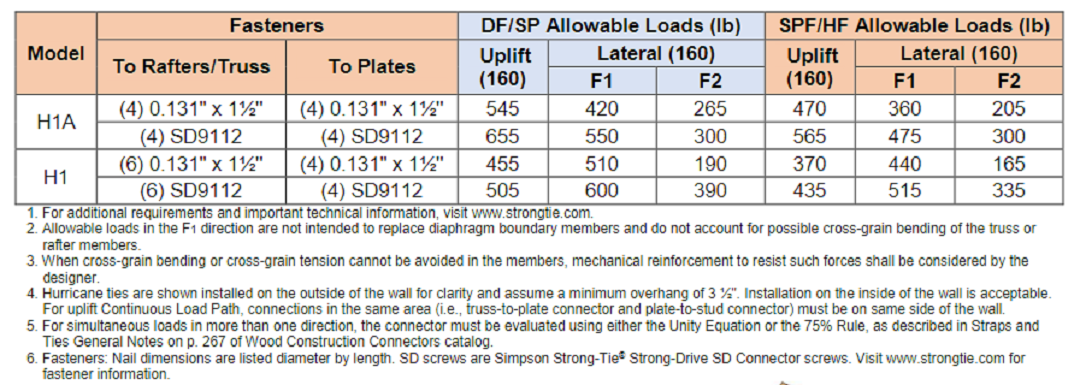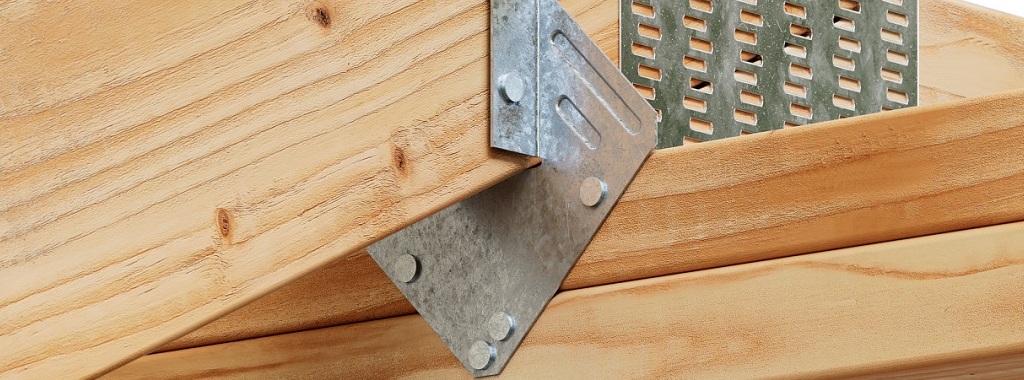Simpson Strong-Tie recently released an updated model of our H1 – now the H1A. As a consulting engineer, I remember how much I disliked updating my standard details when products were discontinued. I thought it would be informative to explain the modifications and some of the reasons for them.
But first, a little history.
The H1 hurricane tie first appeared in our Wood Construction Connectors catalog in 1972, which was a fantastic year because that is the year I was born! Unlike me, the H1 looks pretty much the same now as it did in 1972. It attached with six (6) 0.131″ x 2 1/2″ nails at the top plate and six (6) 0.131″ x 1 1/2″ nails at the rafter.
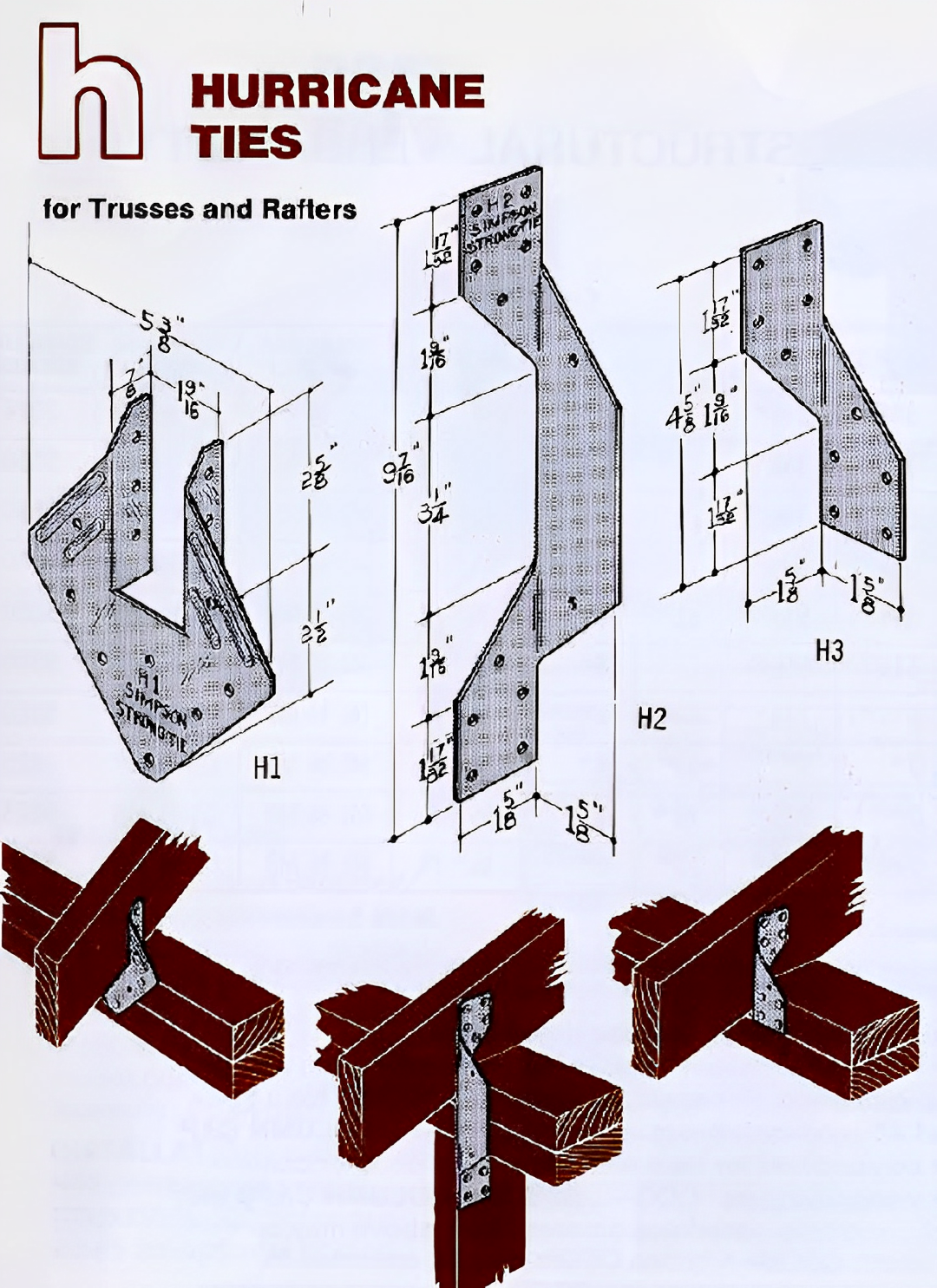
The following year, we reduced the fastener quantity from six (6) to four (4) 0.131″ x 2 1/2″ nails for the rafter and the top plate to simplify installation. In 1987 (which was high school for me), we added two (2) additional rafter nails to allow shorter rafter nails to be used at the same load. And that is how the H1 stayed for the next 36 years.
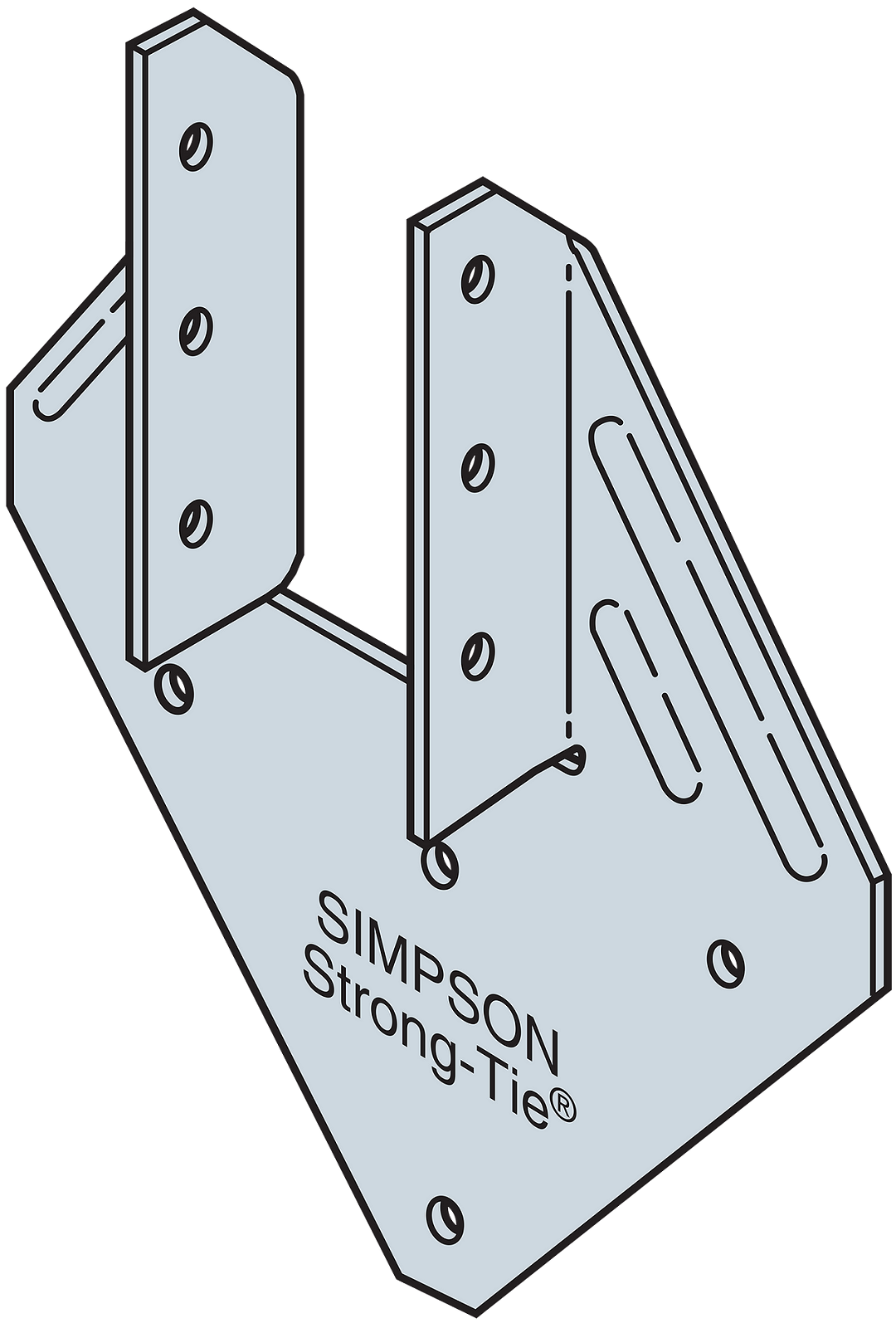
Since the 2015 International Building Code (IBC), ASTM D7147 has been the referenced test standard for wood connectors. The adoption of ASTM D7147 required a reevaluation of the allowable loads for all of our wood connectors. In the Code Report: Understanding Allowable Load Changes blog post, I gave an overview of the changes in how we determine allowable loads and highlighted the effects on a few specific products or product groups.
While the H1 was not changed, the allowable uplift loads were reduced from 585 lb. to 480 lb. (18%) with the new test standard. We didn’t like that, so we set about figuring how we could improve the allowable loads to their former levels. And that led us to the H1A.
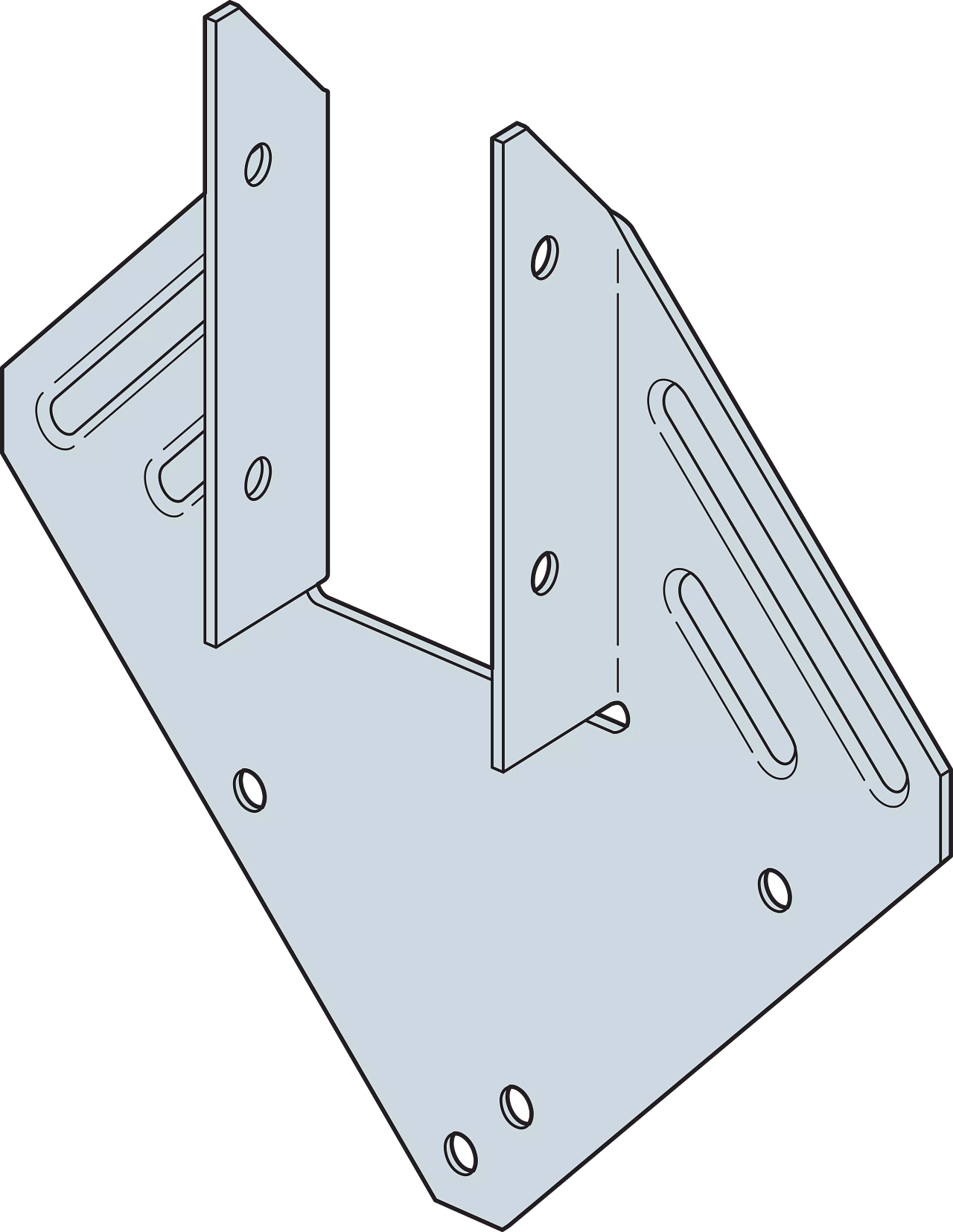
We made essentially three changes to the H1 to create the H1A:
- We removed two fasteners from the rafter, because we didn’t need them for load.
- We relocated the upper top plate nails to better stagger them and reduce splitting.
- We relocated the center nail from the upper top plate to the lower top plate. This better distributes load into the lower top plate, improving performance.
Relocating the center top-plate hole also solved an installation sequencing challenge for some builders. To increase productivity on jobsites, it’s common for framing contractors to focus on framing and have a second crew follow up and install the straps and ties later. When the H1 is installed on the outside of a wall, contractors need to install the connector before the rafter.
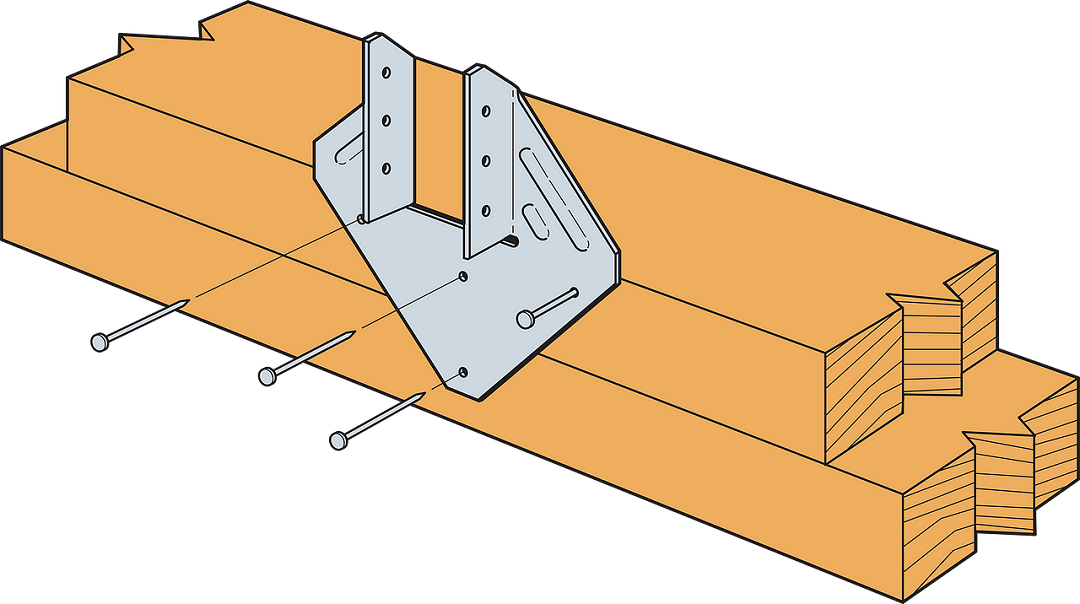
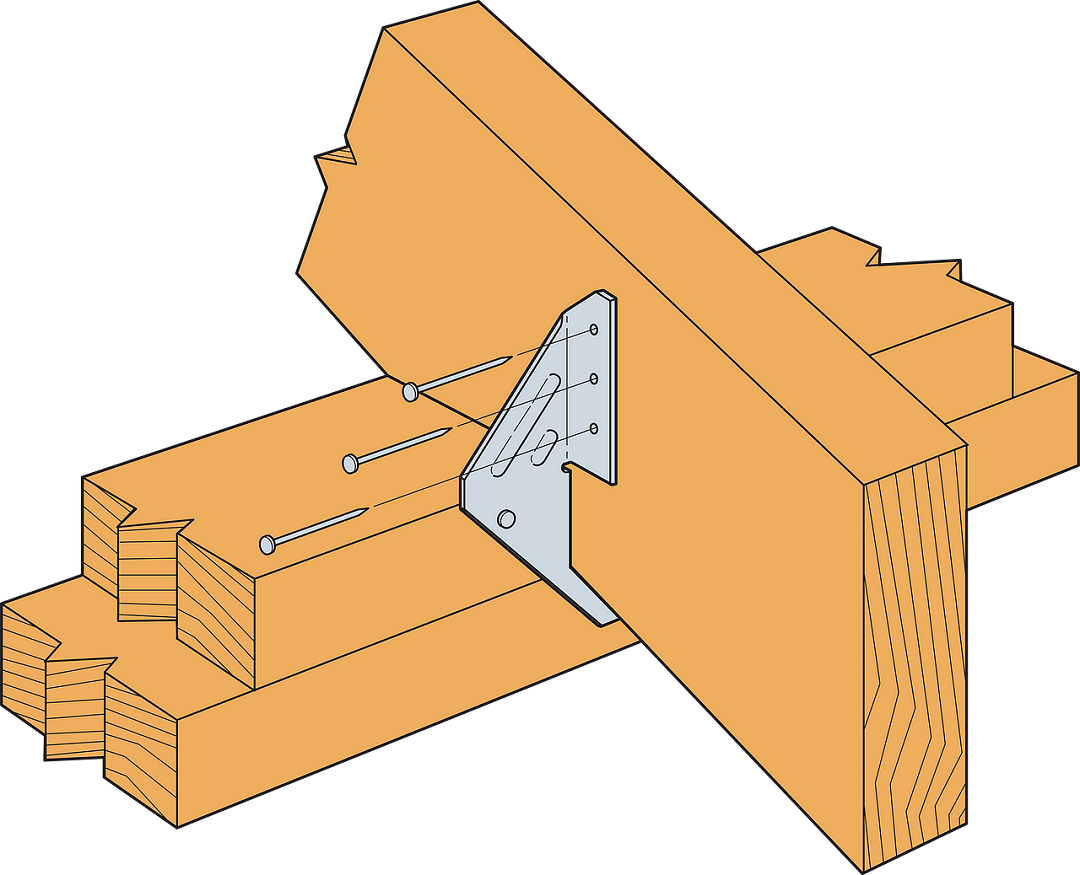
We moved that center top-plate hole down to the lower top plate, which allows all of the top-plate fasteners to be installed after the rafter is installed for most framing conditions.
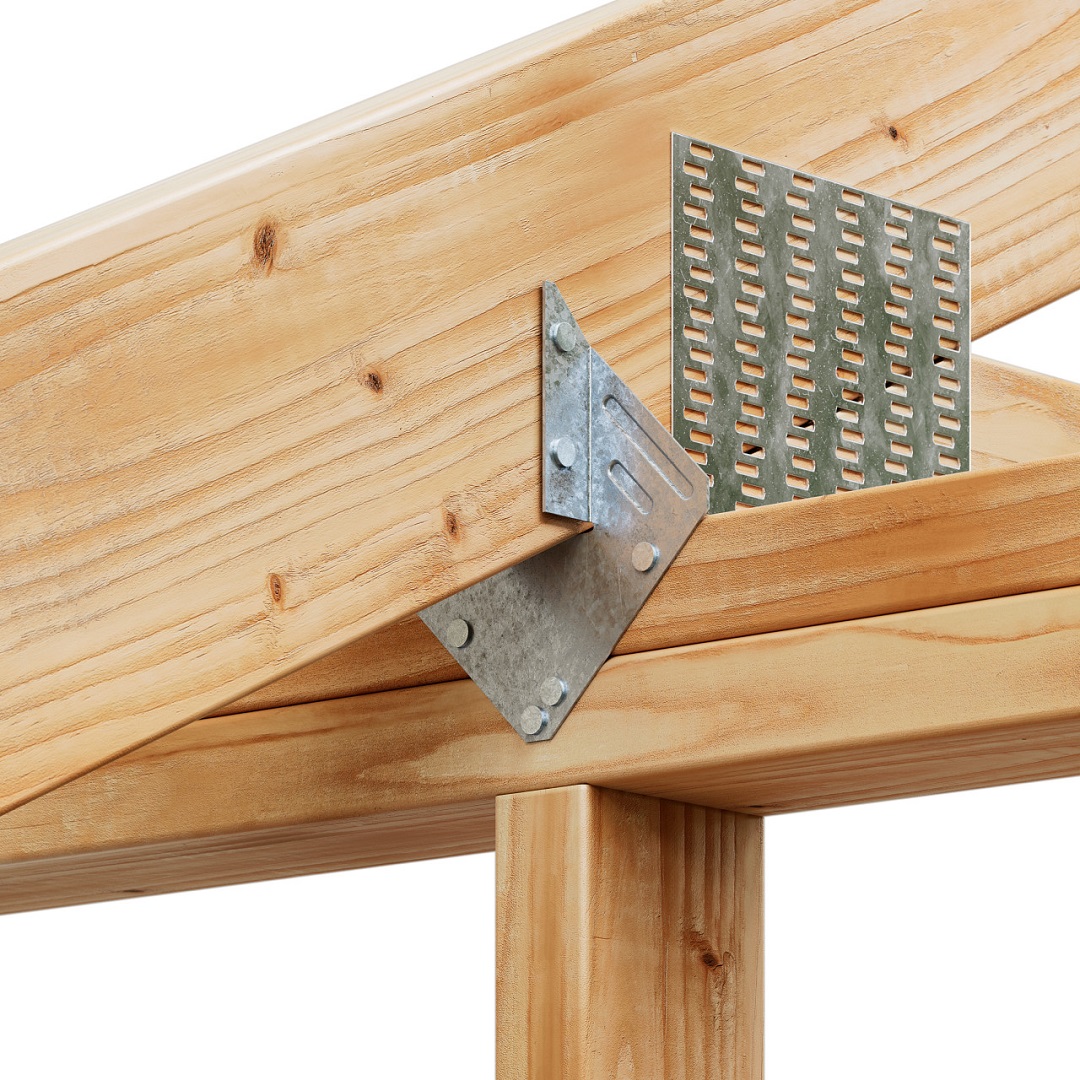
The H1 will be discontinued in July 2023, so engineers should update their plans to specify the H1A ahead of July to avoid pesky RFIs. To assist with the transition, we’ve created an engineering letter that provides a side-by-side comparison of the H1A and H1 loads.
